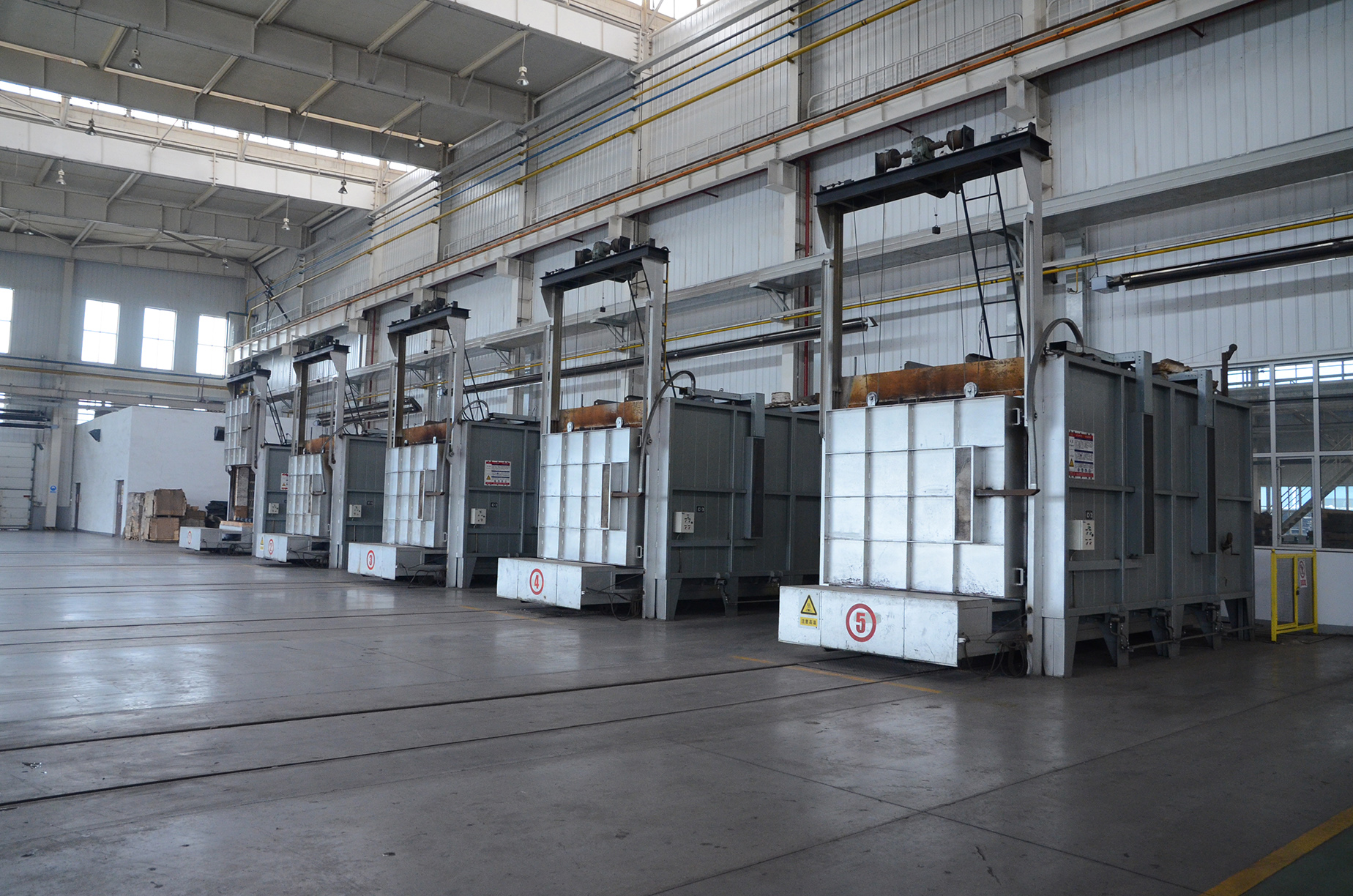- Afrikaans
- Albanian
- Amharic
- Arabic
- Armenian
- Azerbaijani
- Basque
- Belarusian
- Bengali
- Bosnian
- Bulgarian
- Catalan
- Cebuano
- China
- China (Taiwan)
- Corsican
- Croatian
- Czech
- Danish
- Dutch
- English
- Esperanto
- Estonian
- Finnish
- French
- Frisian
- Galician
- Georgian
- German
- Greek
- Gujarati
- Haitian Creole
- hausa
- hawaiian
- Hebrew
- Hindi
- Miao
- Hungarian
- Icelandic
- igbo
- Indonesian
- irish
- Italian
- Japanese
- Javanese
- Kannada
- kazakh
- Khmer
- Rwandese
- Korean
- Kurdish
- Kyrgyz
- Lao
- Latin
- Latvian
- Lithuanian
- Luxembourgish
- Macedonian
- Malgashi
- Malay
- Malayalam
- Maltese
- Maori
- Marathi
- Mongolian
- Myanmar
- Nepali
- Norwegian
- Norwegian
- Occitan
- Pashto
- Persian
- Polish
- Portuguese
- Punjabi
- Romanian
- Russian
- Samoan
- Scottish Gaelic
- Serbian
- Sesotho
- Shona
- Sindhi
- Sinhala
- Slovak
- Slovenian
- Somali
- Spanish
- Sundanese
- Swahili
- Swedish
- Tagalog
- Tajik
- Tamil
- Tatar
- Telugu
- Thai
- Turkish
- Turkmen
- Ukrainian
- Urdu
- Uighur
- Uzbek
- Vietnamese
- Welsh
- Bantu
- Yiddish
- Yoruba
- Zulu
10 月 . 10, 2024 18:14 Back to list
Casting Techniques for Aluminum Patterns and Molds in Manufacturing Processes
Understanding Aluminum Casting The Role of Molds and Patterns
Aluminum casting is a widely utilized manufacturing process that involves pouring molten aluminum into molds to create a variety of components across multiple industries. This method not only leverages aluminum's lightweight and corrosion-resistant properties but also allows for precision engineering and complex designs. Central to the efficiency and quality of aluminum casting are two critical elements molds and patterns.
The Importance of Molds in Aluminum Casting
Molds are the hollow cavities into which molten aluminum is poured, shaping the final product. There are several types of molds used in aluminum casting, each suited for different applications, complexity, and volume of production.
1. Sand Molds One of the most common types of molds, sand molds are made from a mixture of sand, clay, and water. They are versatile and can be used for both small and large parts. Sand molds can be reused for multiple castings, although they may wear over time.
2. Metal Molds These molds are made from strong, durable metals and are typically used for high-volume production. They offer excellent thermal conductivity, which allows for faster cooling times. This type of mold is particularly advantageous for creating parts that require high dimensional accuracy.
3. Permanent Molds Similar to metal molds, permanent molds are designed for repeated use. They are ideal for casting non-ferrous metals but require a more significant initial investment. However, they produce parts with better surface finishes and dimensional accuracy.
4. Investment Molds Also known as lost-wax casting, this method involves creating a wax pattern, which is then coated in a ceramic material to form a mold. Once the ceramic has set, the wax is melted away, leaving a cavity for the molten aluminum. Investment molds are favored for intricate designs, providing high precision and smooth surfaces.
Patterns The Blueprint of Molds
Before molds can be created, a pattern must be designed. Patterns serve as the prototype for the mold, defining the dimensions and shape of the final product. The choice of pattern material can significantly influence the casting process and the quality of the end product.
al cast mold and pattern

1. Material Choices Patterns can be made from various materials, including wood, metal, plastic, and foam. Wooden patterns are common for sand casting due to their ease of fabrication, while metal patterns are often used for more durable and complex designs.
2. Pattern Design It’s crucial to account for shrinkage when designing patterns since aluminum contracts as it cools. Generally, a pattern is slightly larger than the final product to accommodate this change. Additionally, the design should include features such as draft angles to facilitate easier removal from the mold.
3. Pattern Types Patterns can be single-piece, multi-piece, or even segmented, depending on the complexity of the part being cast. Complex parts may require multiple pieces to ensure that they can be freed from the mold without damaging the product.
The Casting Process A Seamless Integration
The integration of molds and patterns is paramount in ensuring a smooth casting process. Once the pattern is ready, it is used to create the mold, after which molten aluminum is poured into the cavity. The choice of mold and pattern directly impacts the cooling rate, surface finish, and overall mechanical properties of the cast part.
Challenges and Innovations
While aluminum casting is an effective manufacturing process, it is not without its challenges. Issues such as porosity, surface imperfections, and shrinkage can arise during casting. However, advancements in technology are continuously improving the casting process. Techniques like computer-aided design (CAD) allow for better pattern design, while simulations can predict how the molten metal will flow, leading to improved mold design.
Conclusion
Aluminum casting is a vital aspect of modern manufacturing, driven by the critical roles of molds and patterns. As industries seek more efficient and cost-effective means of production, the ongoing innovations in mold and pattern technologies are likely to enhance performance and quality in aluminum casting. Understanding the intricacies of these components is essential for anyone involved in the manufacturing process, ensuring that they can produce high-quality, reliable castings to meet the demands of a competitive market.
-
8mm Thin-Walled Cast Steel Manhole Cover Pallet Bottom Ring | Durable
NewsAug.04,2025
-
Premium Cast Iron Water Main Pipe: Durable, Corrosion-Resistant
NewsAug.03,2025
-
Durable Cast Iron Water Mains | AI-Optimized Systems
NewsAug.02,2025
-
High-Efficiency Propane Boiler for Baseboard Heat | Save Energy
NewsAug.01,2025
-
Premium Source Suppliers for Various Gray Iron Castings
NewsJul.31,2025
-
Durable Cast Iron Water Main Pipes | Long-Lasting
NewsJul.31,2025


